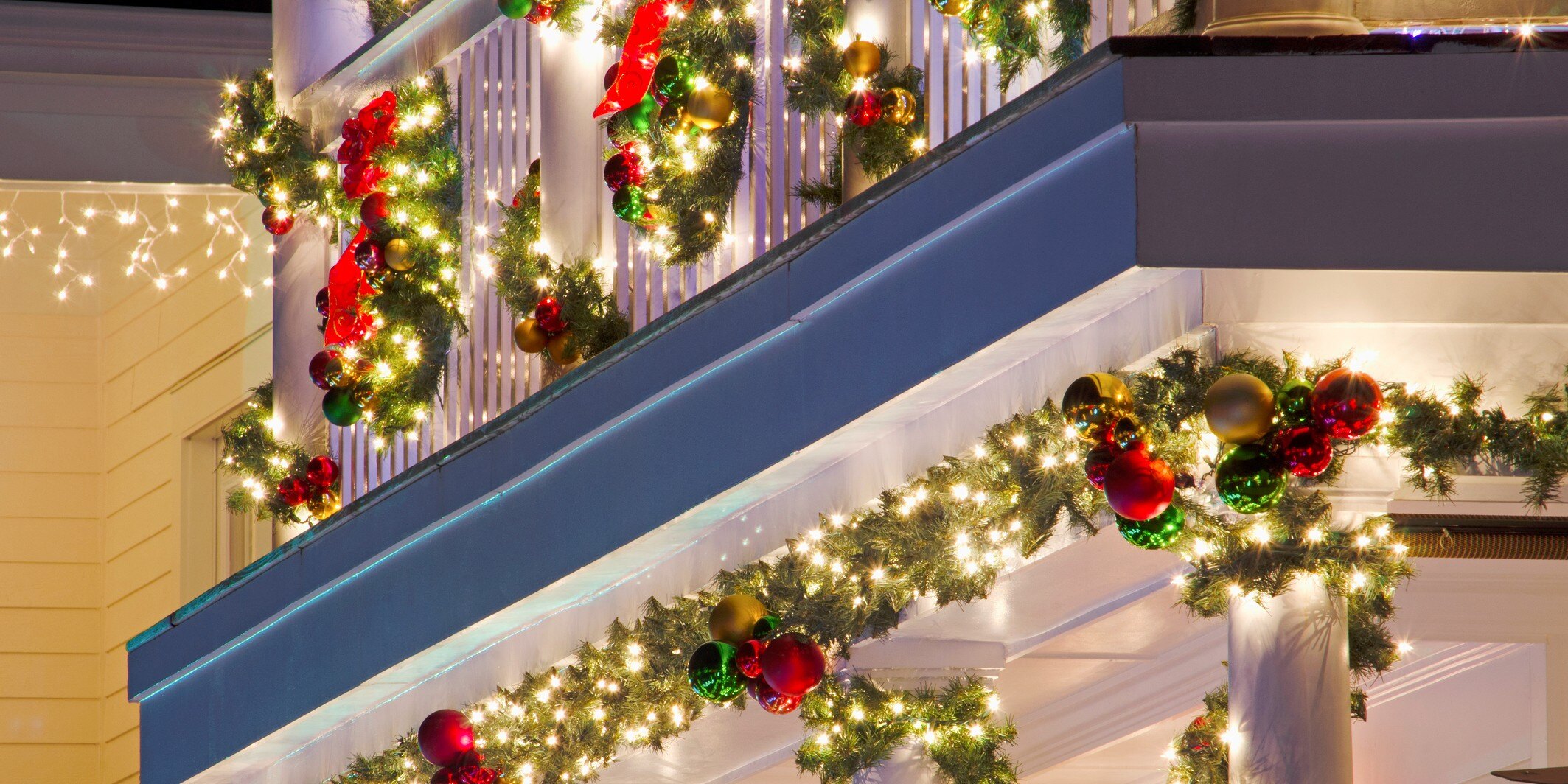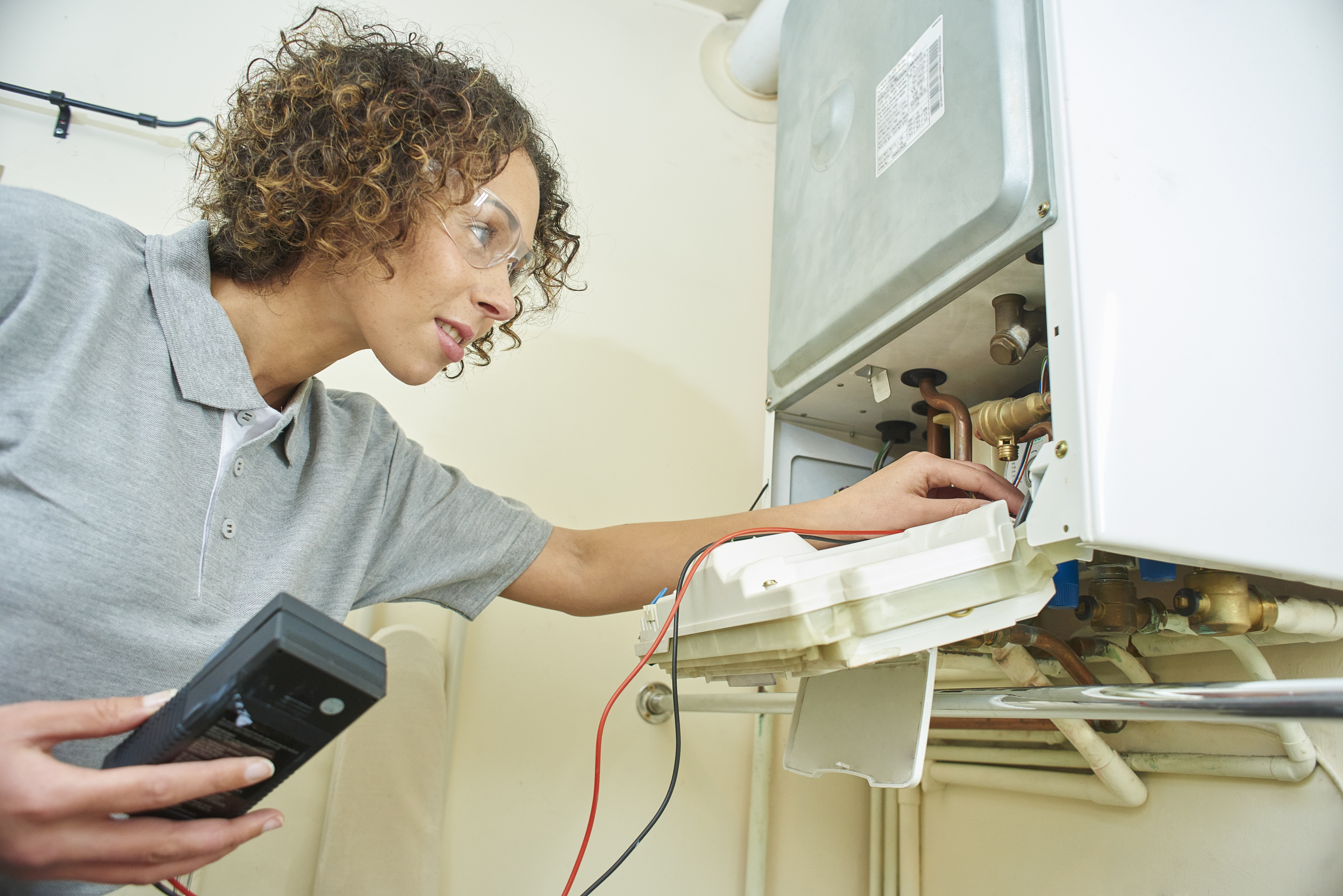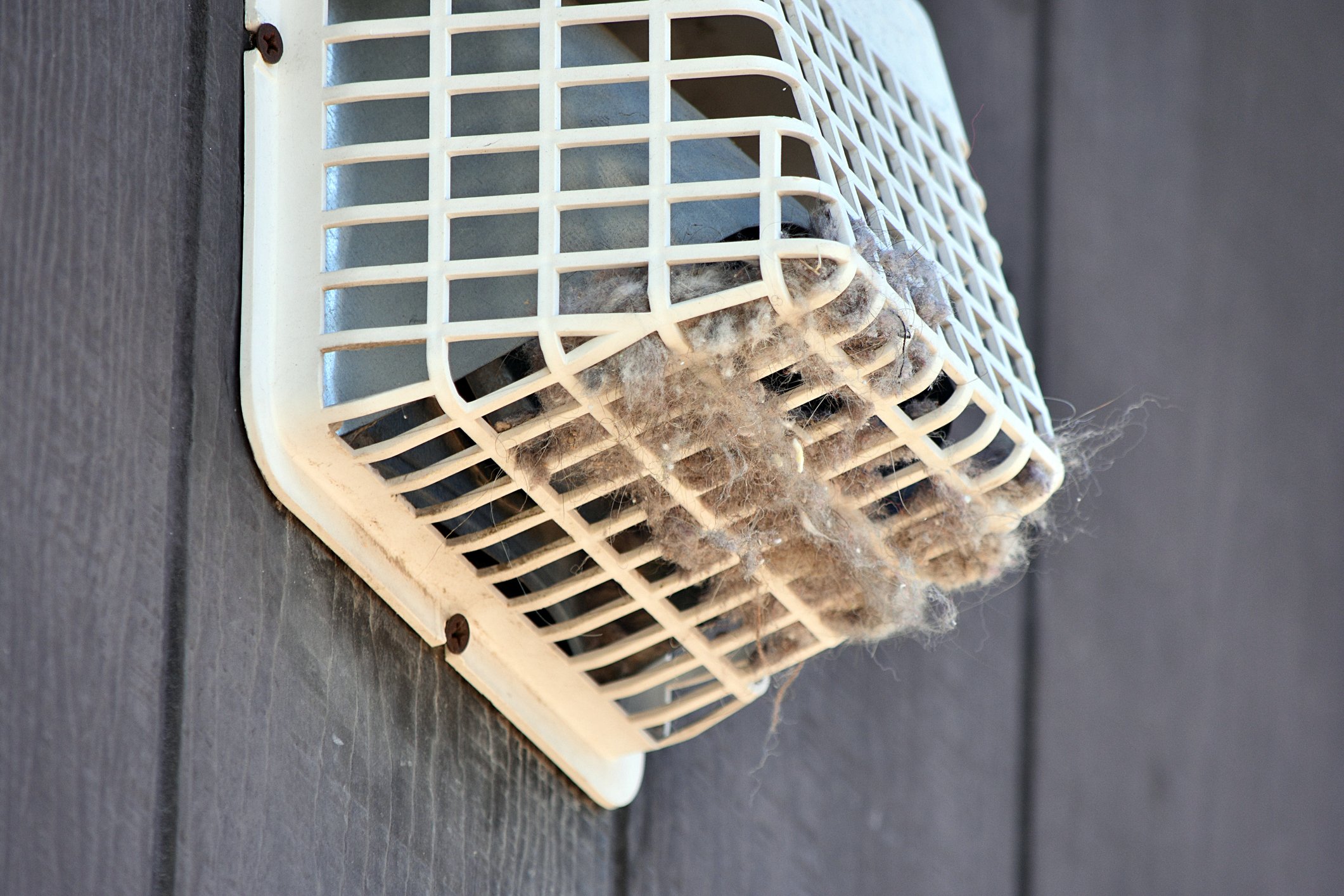Housing staff are encouraged to share these tips with their residents as part of their overall safety plan.
General safety
-
Emergency contacts: Encourage residents to have emergency contact numbers easily accessible, including local fire departments and property management. This can facilitate a quicker response in emergencies.
-
Smoke alarms and carbon monoxide detectors: Ensure smoke alarms and carbon monoxide detectors are installed, maintained, and tested according to local, state, and federal standards.
-
Plan an escape route: Advise residents to have a fire escape plan in place. Encourage them to discuss and practice the plan with family members.
Cooking safety

Most home fires start in the kitchen, so take extra care when preparing holiday feasts.
- Stay in the kitchen: Never leave the kitchen unattended, especially when frying or using high-heat methods. A fire can ignite in seconds.
- Keep flammable items away from the stove: Dish towels, oven mitts, and other combustible materials should be kept at a safe distance from heat sources.
- Use timers and double-check appliances: Set a timer to remind you when food is done, and always double-check that ovens and stoves are off after use.
- Clean cooking surfaces regularly. Grease buildup can easily catch fire. Wipe down your stove and oven after each use to prevent potential fire hazards.
- Watch kids and pets: Keep children and pets out of the kitchen to avoid accidents. Hot surfaces and sharp utensils should never be within their reach.
- Keep a lid nearby: To smother small grease fires during cooking, keep a metal lid or baking sheet nearby. Never pour water on a grease fire.
Cooking safety statistics
- Cooking is the leading cause of residential fires, accounting for nearly half the 360,800 home fires reported annually.
- Thanksgiving Day sees an average of 1,600 cooking fires, more than three times the daily average.
Christmas tree safety

A dry Christmas tree is a major fire risk, so keep these tips in mind:
- Choose a fresh tree: When purchasing a real tree, ensure it's fresh. Look for needles that don't easily fall off when touched. Water your tree daily to keep it hydrated and reduce the risk of it becoming a fire hazard.
- Keep the tree away from heat sources: Place the tree away from fireplaces, radiators, and heat vents, which can dry it out and make it more flammable.
- Use UL-approved lights: Only use lights labeled by Underwriters Laboratories (UL), and never overload electrical outlets. Damaged lights or frayed wires can cause sparks and start a fire.
- Turn off lights when unattended: Always unplug your tree lights before leaving the property or going to bed to minimize fire risks.
- Proper disposal: Once your tree dries out, dispose of it immediately. Dry trees are highly flammable and can ignite in seconds.
- Consider alternatives: Suggest artificial trees as a fire-safe option. If residents choose to use an artificial tree, remind them to check for a fire-resistant label.
Christmas tree safety statistics
- From 2016 to 2020, U.S. fire departments responded to an estimated average of 160 home structure fires per year that began with the ignition of Christmas trees. These fires caused an annual average of $12 million in direct property damage.
- In 44% of these home Christmas tree fires, electrical distribution or lighting equipment was involved.
- Christmas tree fires primarily occur in December (41%) and January (33%).
Decorating safety tips

Whether setting up indoor or outdoor decorations, safety is critical to preventing electrical fires and injuries.
Indoor decorations
- Use UL-approved lights and inspect them before use: Use lights with the UL label and check for frayed wires, broken sockets, or damaged insulation. Replace any faulty lights immediately.
- Avoid overloading outlets: Overloading outlets with multiple strands of lights or decorations can cause overheating and increase fire risk. Use surge protectors and only plug in what's necessary.
- Secure cords properly: Avoid running electrical cords under rugs or across high-traffic areas, which can lead to overheating or tripping hazards.
- Turn off lights when not in use: Always switch off holiday lights when leaving your unit or going to sleep.
- Watch for decorating-related injuries: Be cautious while decorating, as there are approximately 160 holiday decorating-related injuries each day. Use step stools safely and ensure they are stable.
- Use clips instead of nails: To avoid damaging electrical cords, use clips instead of nails or staples for hanging lights.
- Battery-operated lights: Recommend battery-operated lights for indoor decorations, especially in children's rooms or areas where pets are present. These can reduce fire risks and eliminate the need for electrical outlets.
Outdoor decorations
- Use outdoor-rated decorations: Only use lights and extension cords designed for outdoor use. Indoor lights may not withstand exposure to the elements and could pose a fire risk.
- Secure decorations in place: Wind and weather can dislodge outdoor decorations, potentially causing electrical issues. Ensure that everything is fastened securely.
- Avoid power lines: Always hang decorations away from power lines and utility poles to prevent accidental contact, which could result in fire or electrocution.
Decorating safety statistics
- On average, there are about 160 decorating-related injuries each day during the holiday season, with over 40% of the incidents involving falls
- In the 2022 holiday season, approximately 14,800 individuals were treated in hospital emergency departments due to holiday decorating-related injuries, with over 40% of these incidents involving falls.
Community safety initiatives
Fostering a safe environment for your residents during the holiday season is essential. By implementing proactive safety initiatives, you can enhance community well-being and encourage resident participation. Consider the following ideas:
- Organize a safety workshop: Consider hosting a holiday safety workshop for residents, where housing staff can demonstrate safety measures and discuss best practices.
- Holiday newsletter: Create a holiday newsletter or flyer highlighting these safety tips and distribute it to all residents.
- Encourage reporting: Remind residents to report any safety hazards they notice in communal areas, such as blocked exits or malfunctioning lights, to the housing staff immediately.
Following these holiday safety tips can help reduce the risk of accidents and fires, making this season safe and enjoyable for everyone in your community.
This article is for general information only. HAI Group makes no representation or warranty about the accuracy or applicability of this information for any particular use or circumstance. Your use of this information is at your own discretion and risk. HAI Group and any author or contributor identified herein assume no responsibility for your use of this information. You should consult with your attorney or subject matter advisor before adopting any risk management strategy or policy.






